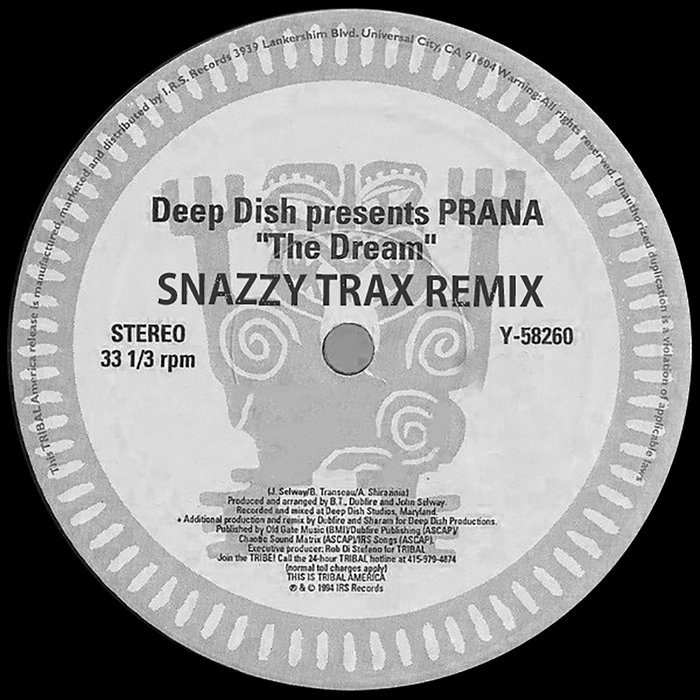
The Dream (Snazzy Trax Rework) – Snazzy Trax
this blog is GROOVY – check out great Soul, Funk, Jazz, Hip Hop, Bass, Breaks , Reggae, House n many more TUNES
Classical music—an art form that’s been rocking the world since way before your great-great-grandma was jamming to jazz! Let’s dive into this rich history, sprinkled with some funky facts about its legendary musicians.
Classical music takes us back to the Medieval period (around 500-1400 AD). It wasn’t exactly like Beethoven and Mozart were at the corner café sipping espresso while composing their masterpieces. Nope! Back then, monks were creating chants in dimly lit monasteries—those guys could carry a tune!
The transition from Gregorian chant evolved into polyphony (that’s fancy talk for multiple melodies happening at once) during the Renaissance (1400-1600). People began getting creative with harmonies, which led us straight into what we call Baroque music—a wild ride from around 1600-1750 where composers like Bach and Vivaldi shone bright. And let me tell you, Vivaldi made a splash with “The Four Seasons,” but he wasn’t just about stringing together notes; he often dressed like quite a character!
Vivaldi was known for his vibrant performances and… his dance moves! Legend has it that when he played, he sometimes couldn’t resist busting out some groovy steps right there on stage. Picture him in full Baroque attire doing the Charleston between sonatas!
Fast forward to the Classical era (1750-1820), where icons like Wolfgang Amadeus Mozart strutted onto the scene. This kid prodigy started composing at age five and had a flair for drama both on and off stage. He wrote over 600 pieces before kicking the bucket at just 35—what a workaholic!
But did you know?
Mozart was such an overachiever that he would compose tracks on long trips by scribbling down notes wherever possible—even on napkins or whatever scrap of paper was handy! Talk about being ready whenever inspiration strikes.
Then came Ludwig van Beethoven who took classical music up another notch during his late period (around 1800-1827). Beethoven didn’t let deafness slow him down one bit; instead, he penned some of his most famous symphonies without hearing them play out loud—truly bringing new meaning to “hearing it differently!”
Beethoven wasn’t shy about clapping back at critics. Once someone said they couldn’t hear one of his pieces properly; ol’ Ludwig replied something along these lines: “Well, maybe if you brought your ears next time…” Take that critique squad!
As we glide smoothly into the Romantic era (from around 1820 until early 1900s), composers began pouring their hearts out through expansive orchestral arrangements and emotional storytelling in music. Chopin serenaded piano lovers everywhere with eloquent nocturnes while Liszt left audiences swooning—and not only because of his genius fingers but also due to those scandalous rumors surrounding him as Europe’s rock star.
Speaking of rumors…
Franz Liszt sparked what became known as “Lisztomania” because fangirls would literally throw themselves onto stage trying to grab hold of this pop-composer heartthrob – much ado over keys indeed!
And let’s not forget Tchaikovsky whose works made ballet truly enchanting but also dealt with personal struggles throughout life – trust me folks; even amidst all that pizzazz there were real tears behind those curtain calls.
By the time we hit modern times in the twentieth century onwards, classical musicians weren’t afraid to mix things up. Enter Igor Stravinsky who completely shook things up with “The Rite of Spring,” causing an actual riot among audiences when it premiered in Paris! A literal mosh pit over melody…who knew?
And how could I forget John Cage? His famous piece “4’33”” is composed entirely silence—with no notes whatsoever performed for four minutes and thirty-three seconds—it’ll make you rethink your playlist choices forever!
John Cage loved experimenting so much that once upon a time—inspired by cooking—you might find kitchen utensils used as instruments during performances! If anyone asked why it’s best served fresh…
So here we are: From monks chanting hymns under flickering candles all day long to electrifying orchestras igniting passions across concert halls worldwide—classical music has vibes galore.
Yet beyond its profound beauty lies humor sprinkled by musical geniuses who turned norms upside-down while entertaining us through laughter—and isn’t that really what every good genre should strive for?
Now go ahead; crank up those classical tunes and remember:
You never know what tidbit will turn into your favorite fun fact next time you’re jamming out—or dancing your heart away just like old Vivaldi himself.

The Dream (Snazzy Trax Rework) – Snazzy Trax